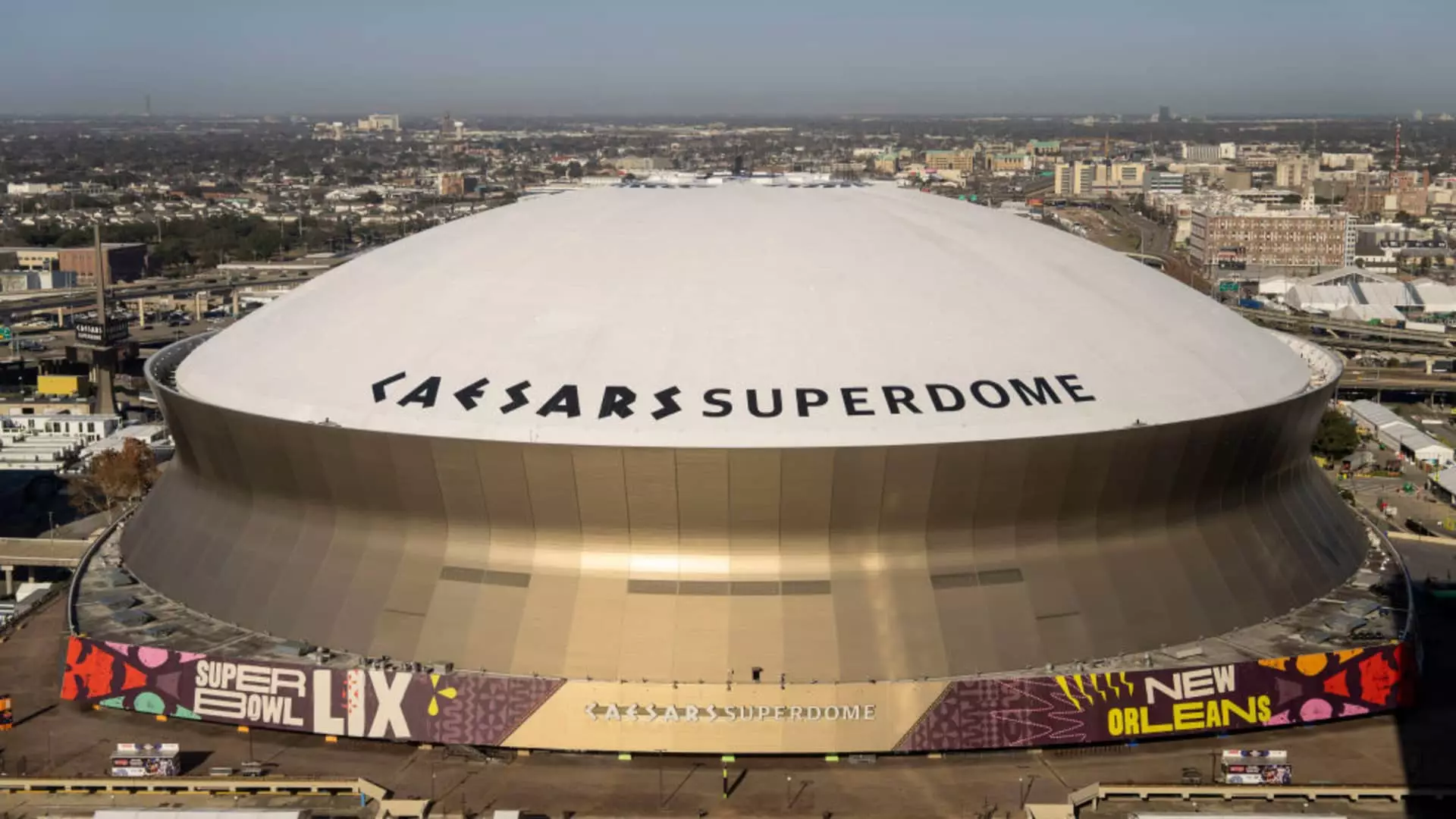The Intersection of Municipal Bonds and Sports Stadium Financing

In the United States, the excitement for the Super Bowl transcends mere football fandom, drawing in vast audiences and exceptional engagement. However, beneath the surface of this grand sporting event lies an interesting investment opportunity that few are aware of: municipal bonds tailored to support the construction and renovation of sports stadiums. This article delves into the intricate bond market surrounding sports facilities, analyzing the benefits, risks, and considerations investors must navigate in this niche sector.
Municipal bonds, commonly referred to as munis, are debt securities issued by local and state governments. They finance various public projects, with stadiums being a notable aspect of urban development. These bonds have gained traction as reliable contributions to building new sports facilities, as municipalities strategically position such projects to improve local economies. Dan Close, head of municipals at Nuveen, describes this phenomenon not just as a funding mechanism but as a critical economic stimulus, where the ripple effects can reinvigorate community development and promote job creation.
The substantial role of municipalities in these financing endeavors cannot be overstated. Such projects often entail significant infrastructure investments, including public transport systems and road enhancements, all of which aim to boost accessibility to the stadium. For investors, the allure of municipal bonds lies in their tax-exempt status. Interest from these bonds is generally free from federal income tax, and it can also be exempt from state taxes if the investor lives in the state issuing the bonds.
Despite their favorable tax treatment, there exists a pervasive misconception that stadium bonds possess a higher risk profile than traditional municipal bonds. Investors often erroneously assume that repayment is wholly reliant on the financial performance of the sports teams themselves. Close asserts that this assumption is misleading. In reality, stadium bonds typically derive repayment from a diverse range of secure revenue sources. These can include general tax revenues, designated levies specifically meant for the financing of these projects, and tax proceeds generated from activities conducted at the stadium.
Furthermore, a significant percentage of these bonds carry investment-grade ratings. Close emphasizes that, while market perceptions may label them as riskier, the actual level of security these bonds offer can lead to attractive investment opportunities. By comprehensively understanding the underlying structure of stadium bonds, investors can may find themselves earning higher yields than they might initially expect.
Nuveen’s portfolio gives us insight into the specific stadium bonds that are being utilized for funding. For example, their New York Municipal Bond Fund includes revenue bonds tied to Yankee Stadium. Similarly, the fund encompasses parking facility bonds directly related to Yankee Stadium, showcasing a strategic investment in stadium-related infrastructure. Such allocations signal a broader trend in the muni market where the significance of stadium bonds, despite being a small fraction, attracts focused attention and, at times, scrutiny.
One illustrative case is the Erie County, New York issuance of Bills Bonds to support a newly proposed stadium—an instance where local fans encouraged to engage in the investment opportunity successfully raised around $111 million. The dynamics surrounding such bonding initiatives reveal public interest, as citizens often perceive substantial sporting events as essential to community identity and economic health.
As highlighted by Close, public funding typically covers around 40% of the overall costs associated with stadium projects, indicating a robust reliance on taxpayer dollars. Notably, Nashville’s investment in the Nissan Stadium has been among the largest municipal funding initiatives in U.S. history, marking a pivotal trend in how municipalities strategically leverage bonds for sports-related projects.
For those contemplating an investment in stadium bonds, it is essential to conduct thorough due diligence to understand the repayment dynamics associated with such instruments. Close advises investors to assess the ultimate source of repayment as a more significant factor than the bonds’ intended use, encouraging a more focused analysis on where the revenues will originate and the likelihood of those projections being met.
This complexity adds an additional layer to the decision-making process. By emphasizing due diligence, potential investors can better navigate the waters of municipal bond investments—all while keeping a pulse on the evolving landscape of sports financing in their communities.
While the Super Bowl may be inspiring fervor on the football field, it simultaneously underscores a deeper economic narrative entwined with municipal bonds financing major stadium projects across the country. As awareness grows regarding these investment opportunities, a broader understanding is essential for those looking to capitalize on the bonds that play a vital role in shaping local economies and fostering community spirit through sports.





